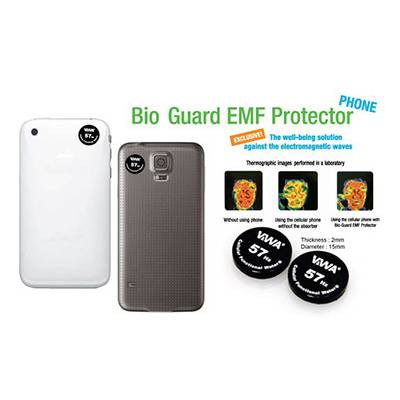This article covers the topic of 5G radiation, a non-ionizing electromagnetic radiation. Because 5G radiation is small, it doesn't have the ability to break the bonds between chemical molecules in biological tissues or cause any changes to cells. It's not clear if 5G radiation affects the risk of developing skin cancer, and no evidence has been found to suggest it may cause other disease.
High-frequency millimeter radiation
High-frequency millimeter wave radiation from mobile devices and wireless networks could cause health issues to humans. There are 5g radiation effect in which this radiation could be harmful. In some instances, the radiation can cause damage to a person's DNA. In other instances the radiation may cause harm to other parts within the body like the brain.
Recent studies have shown that 5G technology could induce the heating of tissues. As a result, the International Council on Non-Ionizing Radiation Protection (ICNIRP) has called to review the current thermal and biological safety standards. is 5g radiation are not adequate to protect individuals from excessive heating in the event of exposure to pulsed millimeter wave radiation.

Skin cancer risk
There is no definitive answer yet to the question of whether 5G radiation can cause skin cancer. It is however thought that 5G RF-EMFs behave similarly to radiations that emit high-LET. This means that they can cause high levels of free radicals within the skin. The FCC hasn't issued any specific guidelines on the dangers of 5G technology. Consequently, the debate on the subject continues.
Although there are a number of studies regarding the impact of radio waves with higher frequencies on human health, they have remained largely limited in their scope. However, there is concern over the effects of millimeter-wavelength exposure on oxidative stress and gene expression. These effects may extend to the skin and other organs, including the brain.
Influence on other diseases
An innovative new technology in wireless, called 5G, is rapidly expanding however, scientists are warning of its potential health hazards. 5G technology is expected to significantly increase the quantity of electromagnetic radiation found within our environment. This is a problem that has led to debates in a variety of nations including Switzerland. In September 2017, 390 scientists and doctors have backed a motion to put an end to 5G deployment. 5g radiation effect was ignored by the European Commission, which is responsible for monitoring the use of technology like 5G.
Therefore, more research is needed to study the health implications of 5G. While we wait, studies have shown that 5G does not cause the same effects in humans as old mobile networks. It also does not spread the new coronavirus type. Furthermore, it does not make people more susceptible to viral infections.
Measurement of exposure
The measurement of exposure to 5G radiation is a crucial aspect of making sure that 5G networks are safe. There are two ways to gauge exposure. One is to measure the RF power absorption by human tissues. The other involves measuring the amount of radiofrequency energy emitted from an object. Radiation frequency energy (RF) refers to an electromagnetic field of energy that is emitted directly from radio receivers.
In the United States, the FCC has set a limit on the energy density of mobile devices running 5G. These tests only test the power density of just only a few inches. the FCC does not require measurements of each beam. However, how much power is generated by each beam can be estimated using computer simulation. The most likely scenario is then determined depending on the design of each beam.
The study has its limitations
There's been plenty of discussion about the impact of 5G radiation on the health of humans. The Swiss government, for instance, has produced a report which concludes that the technology is not likely to cause adverse health effects in the short-term, but there aren't any studies which have shown long-term effects. However, this report also has several issues that include biased reporting.
The strength and frequency of radio waves that generate energy are determined by the frequency. The energy that is carried by a millimetre wave will be identical to the frequency of radio waves currently, but they are much less visible and will be more suitable for environments with high density because they cannot be block by walls or glass. High-density urban areas would require a high number of tiny, low-power sites and suburban areas will benefit from 5G stations that operate at lower frequency.

